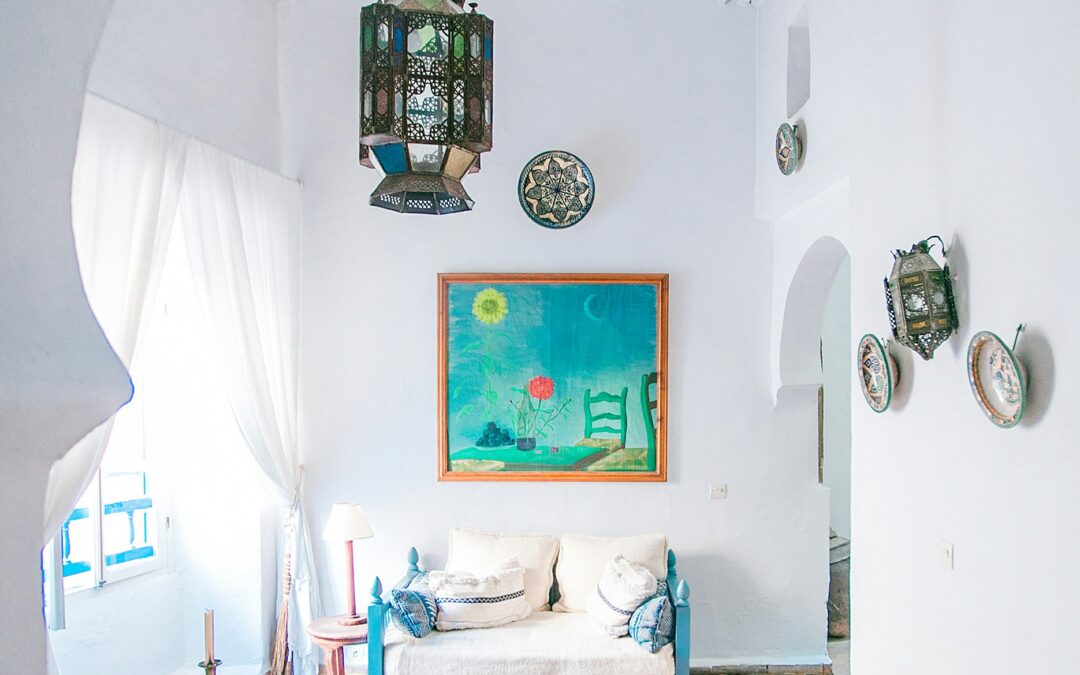Primary colors have a greater impact on our mood and emotions than we may realize. Red, yellow, and blue—the primary colors—have unique effects when used strategically in our living spaces. Decorating your home with these bold, bright hues could help lift your spirits and energy levels.
The Power of Red
Red promotes passion and energy. Using shades of red, like crimson or tomato, in areas you want to feel stimulated can enhance your mood. A red accent wall in your bedroom or office boosts motivation first thing in the morning or when you need an afternoon pick-me-up. Red is also a natural appetite stimulant, so consider incorporating it into your dining space. This gives the idea that red acts as a stimulant for making an impactful presence in your home space.
The Bright Side of Yellow
Yellow spreads optimism and cheer. Light, sunny yellow has a warming effect that chases the winter blues away. Paint one wall in your living room yellow for an instant mood boost when relaxing at home. Lighter shades of yellow, like lemon or buttercup, make great accent colors in a kitchen to perk yourself up while cooking or doing dishes. The vitamin D-like qualities of yellow also combat seasonal affective disorder (SAD) during colder months.
Soothing Serenity of Blue
Blue induces calm and focus. Cooler tones like Robin’s egg blue, sky blue, or periwinkle encourage tranquility and concentration. Use blue hues in home offices, studies, or bedrooms to promote relaxation at the end of long days. Darker navies also have soothing properties great for living rooms. Applying a touch of blue to a bathroom can help you decompress after a stressful day. Home offices and studies benefit from serene shades that actively encourage focus without overstimulation. A cerulean or slate blue bathroom actively conjures calm for unwinding after hectic days. Soaking relaxes in the chilled-out vibes.
Where to Use Which Colors
Homeowners actively assess room function and vibes, picking compliments from primary palettes to amplify desired moods. Reds and yellows actively energize togetherness areas. Blues actively create sanctuaries for rest through light applications. Consider red or yellow in main living areas like kitchens, dining rooms, or living rooms where you entertain or unwind. Save blue for bedrooms, home offices, bathrooms, or media rooms meant for quiet time alone or with family. And remember, bold accents work better than coating an entire room—one feature wall is plenty to reap the mental health benefits.
Enhance Through Decor Accents
Don’t limit yourself to painting either. Incorporate primary colors into soft furnishings, artwork, accessories, and decor details too. Throw pillows or a fuzzy throw blanket in tangerine or sunshine yellow instantly liven up a seating area. Abstract prints featuring blocks of vibrant red, yellow, or blue energize dull walls. Monochromatic vases, bowls, or candles in one bold hue add visual pop wherever they’re displayed. textiles, art, and accessories actively spread primary color pops anywhere liked for energy or soothing far beyond walls. Throw pillows and photos actively introduce calming or stimulating vibes. Vases and candles in monochrome schemes actively pull cohesive color themes together from room to room. Scale, repetition, and balance actively ensure impacts remain positive when decorating with primaries. Harmony stays key.
Conclusion
At last, it can be concluded that whether living alone or with family, mood-lifting home decor makes an impact. By strategically using primary colors based on room function, homeowners actively perk up spaces to lift both spirit and productivity. Doesn’t feeling happier and more energized at home warrant some red, yellow, or blue splashes? This blog post has explored how homeowners can actively lift their mood using strategic applications of the primary colors red, yellow, and blue. By thoughtfully placing bold hues in targeted areas based on each space’s purpose, homeowners actively maximize color psychology’s benefits each day. Try enhancing living areas with these bold hues—moods will thank you.
FAQs
Q1: Why are primary colors considered more impactful for mood than others?
Ans: Primary colors like red, yellow, and blue have been shown in studies to evoke strong emotions and physiological responses compared to secondary or tertiary colors. Their high saturation levels make them more stimulating visually.
Q2: Is it better to use one primary color or a mix of them?
Ans: Both options can work depending on the space and desired effect. Mixing them creates a vibrant, energetic feel. Using one primary color focuses on the mood-lifting attributes in a specific area.
Q3: How much of a room should be painted in a primary color?
Ans: Generally, one wall or accent piece is enough to enjoy the benefits without overwhelming the space. Too much intense color can have the opposite effect and cause eyestrain or anxiety.
Q4: Can these colors be used everywhere or are some rooms better?
Ans: Each primary color has different associations that work better for certain room functions. Reds and yellows are great for active spaces like kitchens. Blues promote relaxation in bedrooms and bathrooms.
https://unsplash.com/photos/round-brown-wooden-table-with-two-brown-ottomans-6viJObrmnBw?utm_content=creditShareLink&utm_medium=referral&utm_source=unsplash


